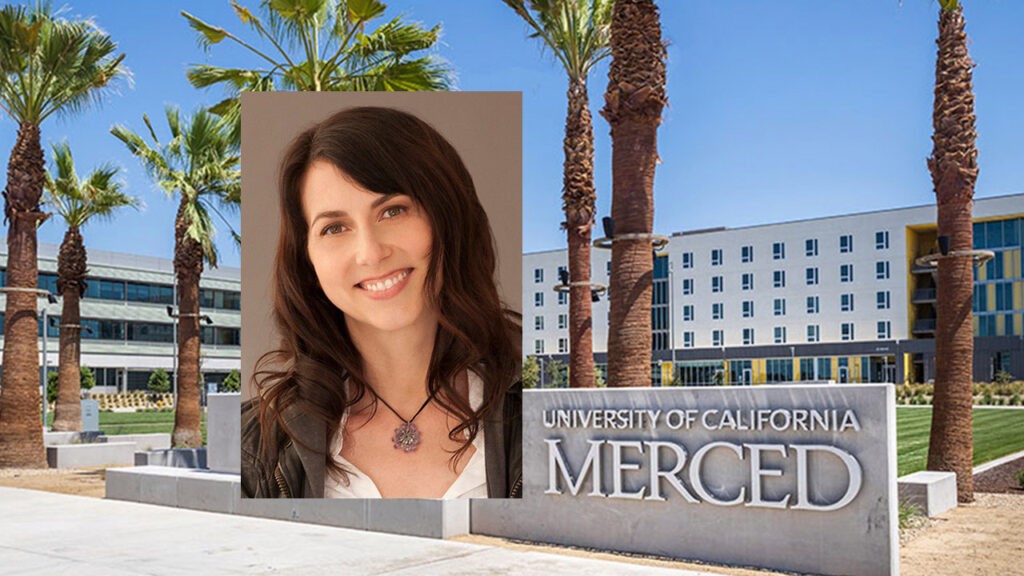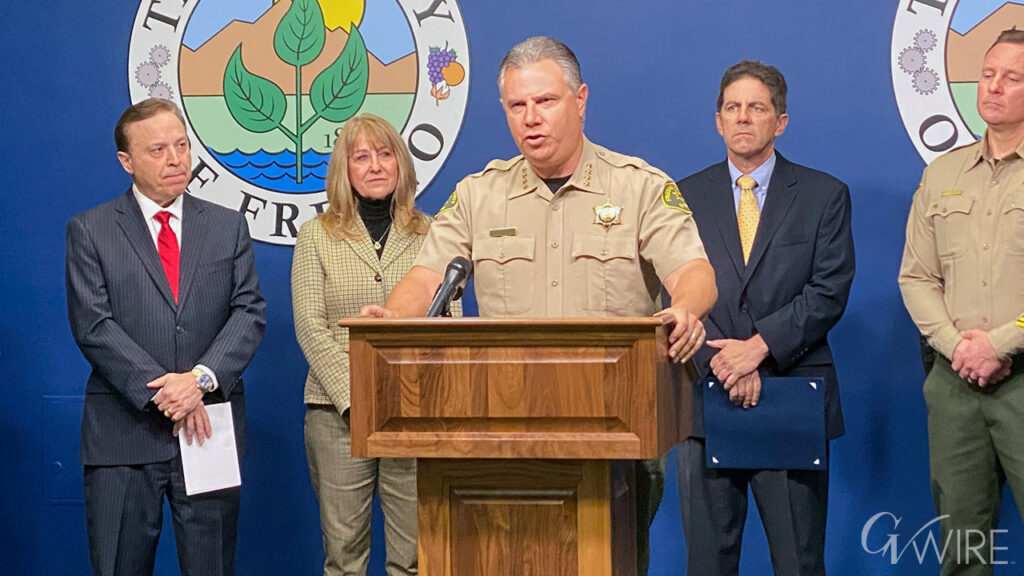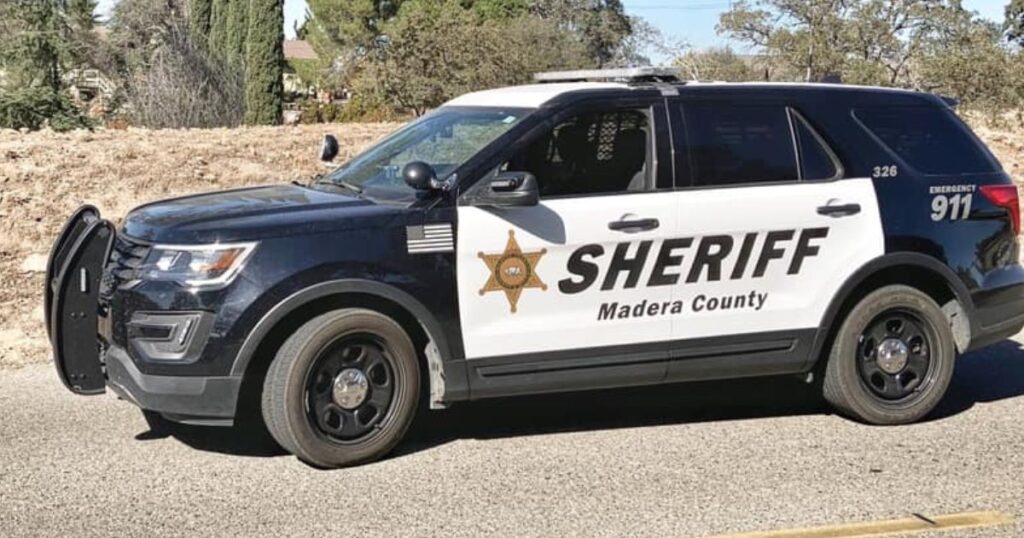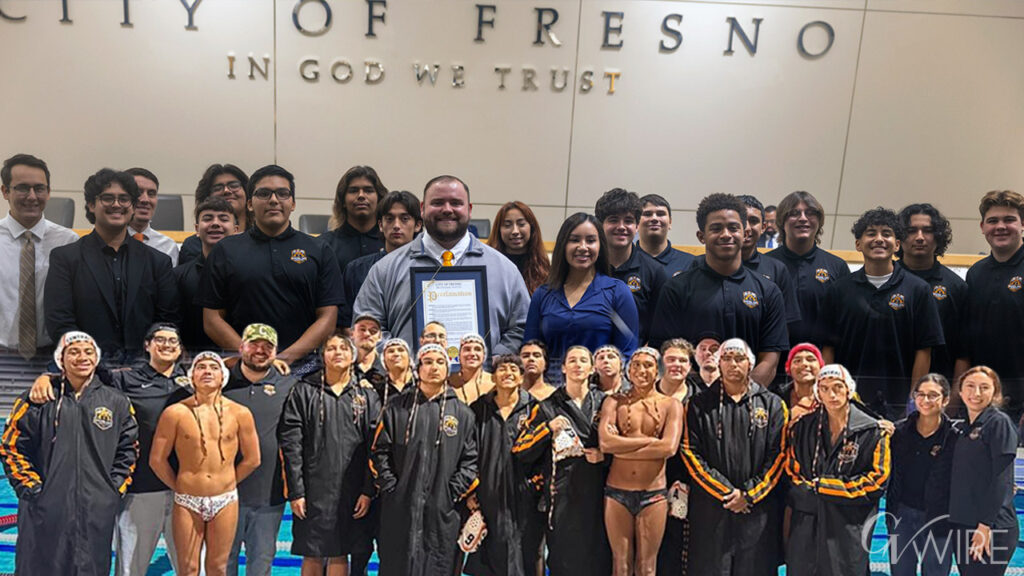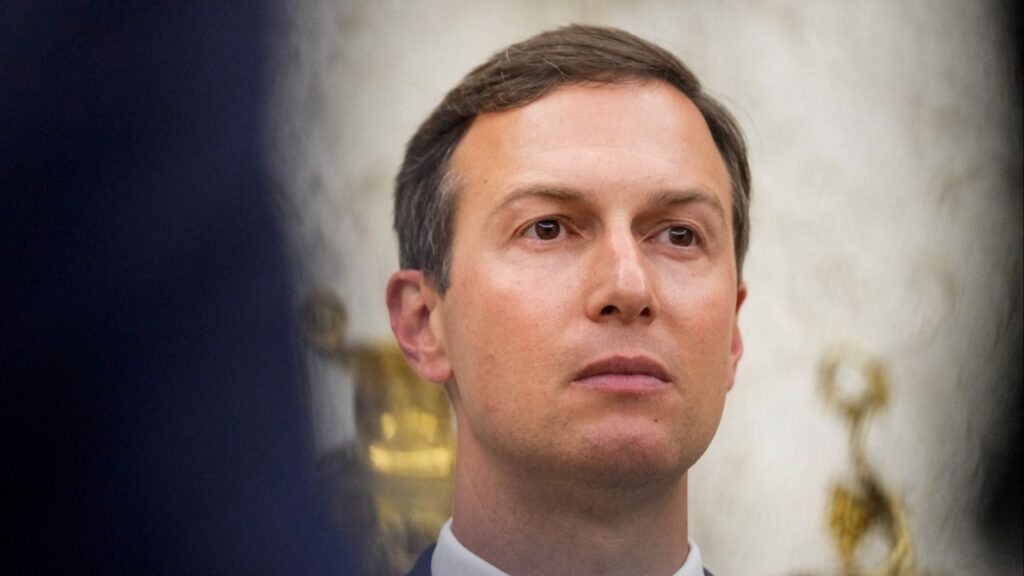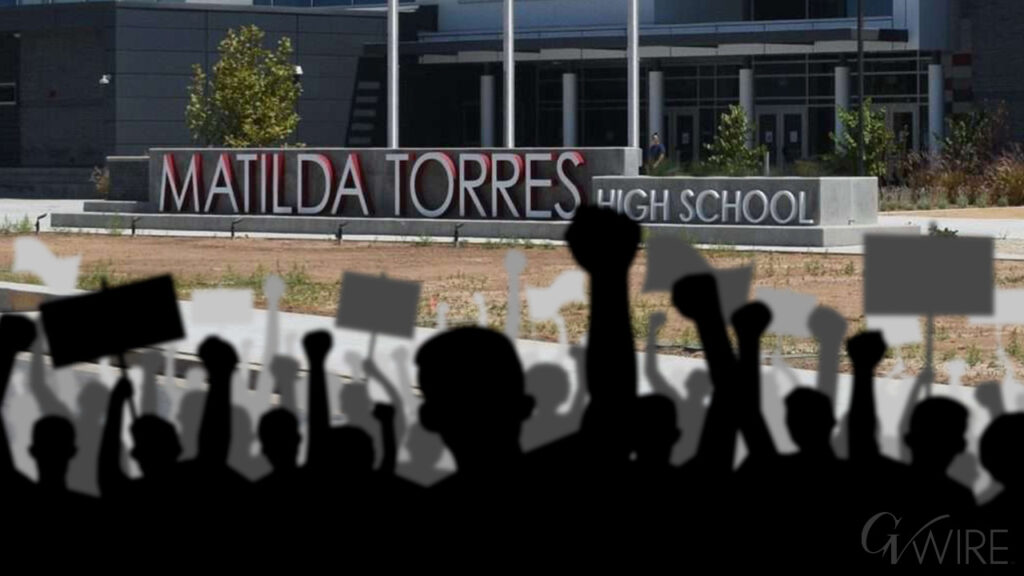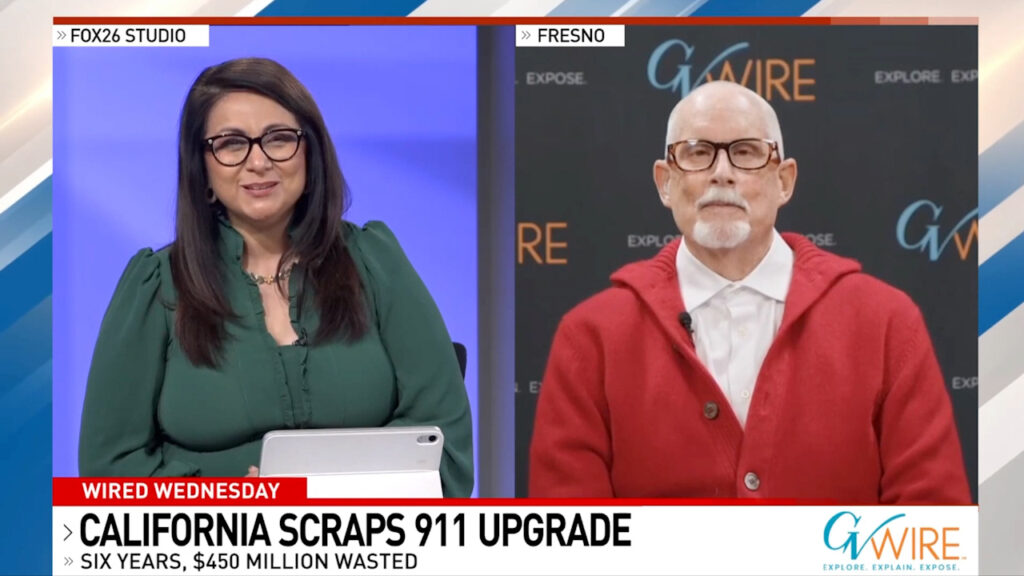Politicians used to care how much students learn. Now, to find a defense of educational excellence, we have to look beyond politics. (Alex Merto/The New York Times)

- Political discourse on education now prioritizes ideology over measurable student learning outcomes and progress.
- The era of bipartisan education reform, like No Child Left Behind, has ended, shifting focus to parental rights and union ties.
- Educators and parents are now championing curriculum depth and reduced screen time to improve children's learning.
Share
What happened to learning as a national priority?
For decades, both Republicans and Democrats strove to be seen as champions of student achievement. Politicians believed pushing for stronger reading and math skills wasn’t just a responsibility, it was potentially a winning electoral strategy.
At the moment, though, it seems as if neither party, nor even a single major political figure, is vying to claim that mantle.
President Donald Trump has been fixated in his second term on imposing ideological obedience on schools.
On the campaign trail, he vowed to “liberate our children from the Marxist lunatics and perverts who have infested our educational system.” Since taking office, he has pursued this goal with startling energy — assaulting higher education while adopting a strategy of neglect toward the federal government’s traditional role in primary and secondary schools. He has canceled federal exams that measure student progress, and ended efforts to share knowledge with schools about which teaching strategies lead to the best results. A spokesperson for the administration said that low test scores justify cuts in federal spending. “What we are doing right now with education is clearly not working,” she said.
Trump has begun a bevy of investigations into how schools handle race and transgender issues, and has demanded that the curriculum be “patriotic” — a priority he does not have the power to enact, since curriculum is set by states and school districts.
None of it adds up to an agenda on learning.
Democrats, for their part, often find themselves standing up for a status quo that seems to satisfy no one. Governors and congressional leaders are defending the Department of Education as Trump has threatened to abolish it. Liberal groups are suing to block funding cuts. When Kamala Harris was running for president last year, she spoke about student loan forgiveness and resisting right-wing book bans. But none of that amounts to an agenda on learning, either.
All of this is true despite the fact that reading scores are the lowest they have been in decades, after a pandemic that devastated children by shuttering their schools and sending them deeper and deeper into the realm of screens and social media. And it is no wonder Americans are increasingly cynical about higher education: 40% of students who start college do not graduate, often leaving with debt and few concrete skills.
“Right now, there are no education goals for the country,” said Arne Duncan, who served as President Barack Obama’s first secretary of education after running Chicago’s public school system. “There are no metrics to measure goals, there are no strategies to achieve those goals and there is no public transparency.”
Michael Petrilli, the president of the Thomas B. Fordham Institute, a center-right think tank, and a former education official under President George W. Bush, agreed. “There is no talk of achievement gaps, and little talk even of upward mobility or opportunity,” he said.
Vicious debates over critical race theory and diversity, equity and inclusion have put education at the center of our politics. And yet, these conversations are so often indifferent to the data showing that when it comes to academic learning and social development, too many children and teenagers are suffering.
But despite the lack of national direction, an energetic group of educators, parents and researchers is advancing an ambitious agenda for learning. It is centered around one big idea: the breadth, depth and quality of the curriculum matter.
How Education Reform Died
Many Americans will recall that on the morning of Sept. 11, 2001, Bush was in a second grade classroom, smiling wanly as children read a story called “The Pet Goat.”
What they may not remember is why Bush was there, at Emma E. Booker Elementary School in Sarasota, Florida, on that morning. Booker was — and is — an ordinary public school, which served mostly Black children from low-income families. The president was promoting No Child Left Behind, which he was struggling to get through Congress. It would eventually pass with bipartisan support, instituting a national program of annual standardized testing in reading and math.
While Obama critiqued how No Child Left Behind was carried out, he agreed with its core vision and advanced it. States were prodded to adopt the Common Core, a set of shared curriculum standards, which brought changes like more thesis-driven writing assignments and a greater emphasis on conceptual understanding in math.
In those years, Washington sought to hold educators accountable for raising students’ scores on tests linked to the new standards. Schools could be labeled “failing.” Teachers with low evaluation scores could even lose their tenure protections.
It worked, at least for a time. Achievement in reading and math increased, especially among the lowest-performing students. But tying punishments to test scores led to a predictable outcome: a curriculum that, in too many schools, centered on test prep. Students practiced reading short passages and answering multiple choice questions about those passages, over and over again. And with principals focused intently on raising scores in reading and math, they whittled away time for social studies and science.
All of this contributed to a potent anti-education-reform movement, led by teachers and parents. On the right, there was angry resistance to any kind of federal mandate over local schools. On the left, a vocal group of parents began to refuse standardized tests; in 2015, 20% of students in New York opted out of state exams.
The politics of top-down school accountability had become untenable. Later that year, Obama signed the Every Student Succeeds Act, largely unraveling his own education agenda. Bipartisan school reform was dead.
Since then, Republicans have embraced a free market vision of parental rights, in which as many tax dollars as possible are freed to help parents pay for private school tuition, homeschooling and for-profit virtual schooling. That movement accelerated during the COVID-19 pandemic, when conservative parents organized to resist school closures, mask mandates and progressive ideas about race and gender in the curriculum, picking up support from some centrists and liberals along the way.
Over the past five years, the number of students using some form of private school voucher doubled, to more than 1 million. That number is expected to continue to grow quickly.
Voucher advocates once argued that school choice would move children into academically superior schools, as measured by test scores. Not anymore. Now, their highest goods are parental control and satisfaction.
Over the same time period, Democrats drew closer to their traditional allies, the teachers unions. During the 1990s and early 2000s, the party had engaged in a constructive internal debate on whether to expand the number of public charter schools, an idea that Obama supported. Many charters were built around the conviction that poor children deserve an academically rigorous education — but they largely were not unionized. President Joe Biden, a staunch labor ally, marginalized the charter school sector, despite the fact that it has created thousands of quality public schools.
Instead, Democrats focused on investing in teacher pay and improving school buildings. Progressives spoke frequently about schools as community centers filled with counselors and health clinics, and less frequently about reading comprehension or algebra.
Health and social supports — even nicer buildings — do help children learn. But as Democrats tried to address poverty and inequality, they sometimes minimized schools’ core functions of learning, socialization and child care while parents work. This tendency contributed greatly to the party’s inaction in the face of the unions’ push for extended remote learning.
The public schools superintendent in Seattle, Brent Jones, whose system was closed for 18 months, has framed that period as, essentially, a triumph.
“I saw it as a forced opportunity to step back,” he said. “We were called upon, frankly, to expand our mission to include many other things: nutritional, social, emotional, mental health. There was a cry for support. Schools stepped into that gap.”
Maximizing Learning
In one classroom, in northeast Louisiana, you can see several ideas that have emerged far from the spotlight of national politics.
One recent afternoon at Highland Elementary School, where 70% of students qualify for free or reduced-price lunch, a diverse group of fifth graders sat, rapt, as their teacher, Lauren Cascio, introduced a key insight: that the Renaissance, the Scientific Revolution and the Reformation all occurred during the same period of human history.
Cascio reviewed vocabulary words that students would need: heretic, rational, skepticism, heliocentric. Then, over the course of an hour, 10- and 11-year-olds broke into groups to discuss why Leonardo da Vinci was interested in human anatomy. They wrote about how the ideas of Copernicus and Galileo differed from those of the ancient Greeks.
Unlike in many elementary school classrooms, the students did not have computers or tablets on their desks. They had open books, which they were avidly marking up with highlighters and pencils.
The work in Louisiana has been celebrated by the Knowledge Matters Campaign, an effort led by Barbara Davidson, a policy advocate and veteran of the Department of Education under Presidents Ronald Reagan and George H.W. Bush. Davidson supported the goals of No Child Left Behind. That is why she feels a responsibility now to correct for that era’s excesses. Knowledge Matters tries to draw attention to schools that demonstrate strong reading results, often through teaching a notably rigorous, history-heavy curriculum to elementary school students.
Davidson has worked to amplify the ideas of a loosely organized network of educators, curriculum-writers, parents and local policymakers who are rejecting ideological approaches to education, and instead, are focused on how to maximize learning.
It starts with reading. One positive development of the past decade has been a shift toward a research-backed focus on structured phonics in the early grades — to successful effect. But now, some of the attention has shifted to additional aspects of literacy instruction that are backed by cognitive science, and crucial for turning beginning readers into proficient ones; namely, the finding that to become a good reader, and thus a well-educated worker and citizen, children need a strong vocabulary and knowledge about the world. The subjects that best build vocabulary and knowledge are social studies and science — the exact subjects that the Bush-Obama reforms often stripped from the school day.
But students face an additional challenge that didn’t exist during the education battles of the 2000s: ubiquitous screens. Children cannot learn to focus their attention on books or anything else if they are constantly distracted by addictive technology. The push to ban phones in schools transcends partisanship, and parent activism has helped a dozen states ban or limit cellphones in schools. Still, many educators say that screens remain a problem.
About 90% of schools now provide a computer or tablet for every student, up from 45% before the pandemic. It is common for children as young as 8 to spend an hour or more of the school day staring at screens.
Some teachers are moving in-class reading and writing back to paper. Among them is Jon Gold, a middle school history teacher in Providence, Rhode Island, who frequently writes on how to enrich the curriculum and use technology in smarter ways. He now requires his students to close their laptops and read on paper. “Their reading comprehension is stronger,” he said.
The push to emphasize learning is not just about the liberal arts, though. Developing a mature attention span is also crucial for work. The previous generation of education reformers sought to enroll as many students as possible in four-year colleges. In many ways, the standard-bearer was the KIPP network of charter schools, whose mantra was “college starts in kindergarten.”
The bachelor’s degree still accelerates lifetime earnings, and KIPP leaders still encourage students to strive for it. But given the persistence of high college dropout rates and the burden of student debt, KIPP teachers and counselors are increasingly open to students pursuing remunerative career paths that do not require a four-year degree — think electrical installation, HVAC specialists and radiography technicians.
High schools need much more help on this from employers and government, many educators say — establishing apprenticeships that allow teenagers to learn in real workplaces, and collecting data on what types of vocational programs are most rigorous, as measured by a track record of landing graduates in decently paid jobs.
The Politics of Learning
Satisfaction with public education is at a quarter-century low, and enrollment in public schools has declined since the pandemic. According to polls, concerns about the curriculum are one reason. But large majorities of voters are enthusiastic about schools doing a better job at teaching the core academic subjects and civics, as well as introducing more workforce training. So why aren’t politicians responding to voters’ concerns when it comes to learning?
Some elected officials — especially younger ones — are.
Rep. Jake Auchincloss, a Democrat from the Boston suburbs, has urged his party to apologize for pandemic school closures. He has advanced a number of proposals to more heavily regulate and tax social media companies, and has said the money should be used to provide every public school student in America one-on-one tutoring.
On the Republican side, Sen. Tom Cotton of Arkansas, like Trump, wants to tax elite university endowments, which he argues are not serving most American students. He envisions using the money to finance a $9,000 voucher for high school graduates pursuing workplace apprenticeships, and to offer incentives to companies to hire those trainees into permanent jobs.
The country is deeply polarized. But a survey of some of the most exciting work happening in schools shows that educators and parents have the ability to embrace new ideas and come together around the goal of giving the next generation a quality education. It could even be the beginning of a political platform.
—
This article originally appeared in The New York Times.
By Dana Goldstein/Alex Merto
c. 2025 The New York Times Company






